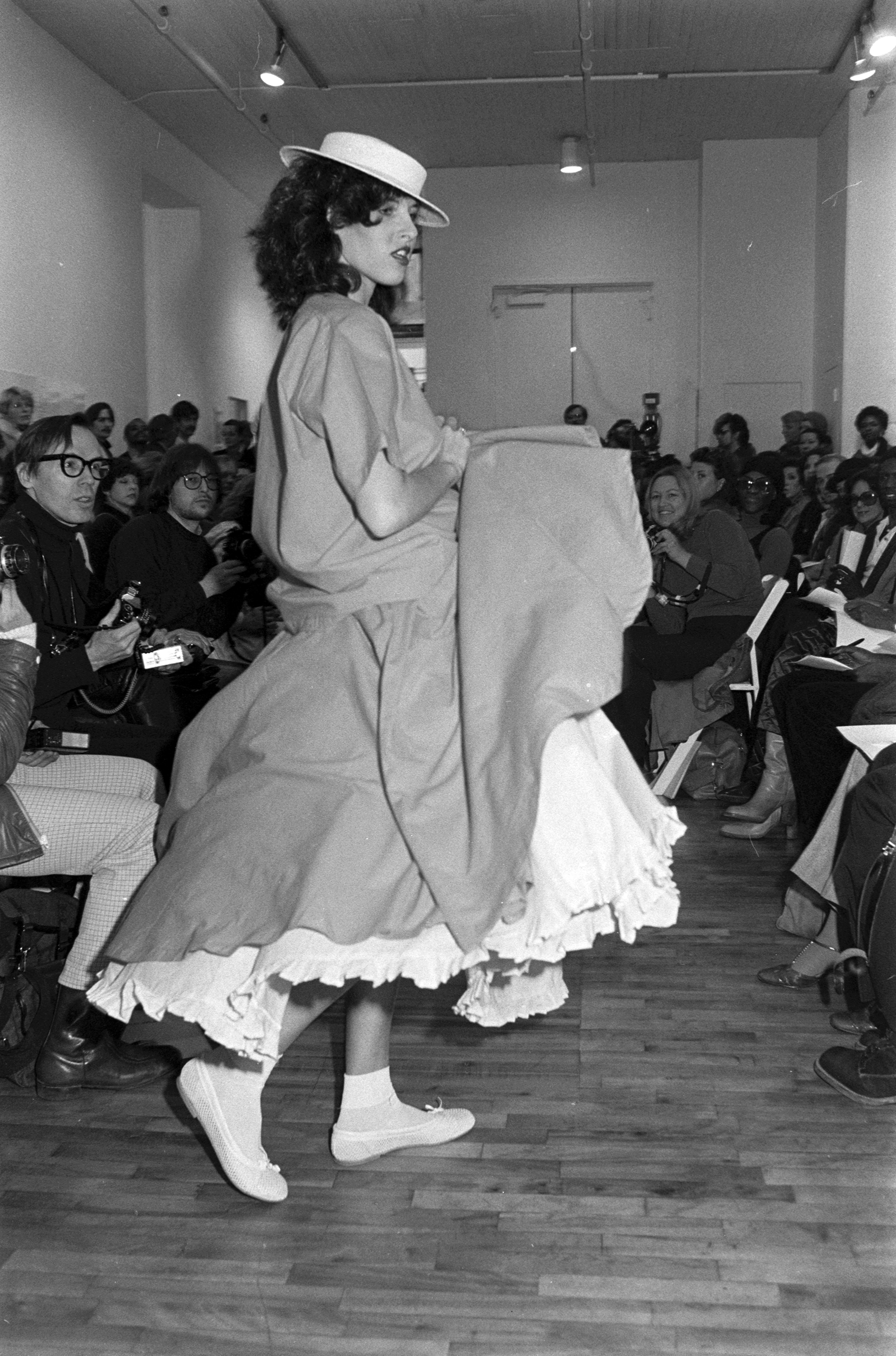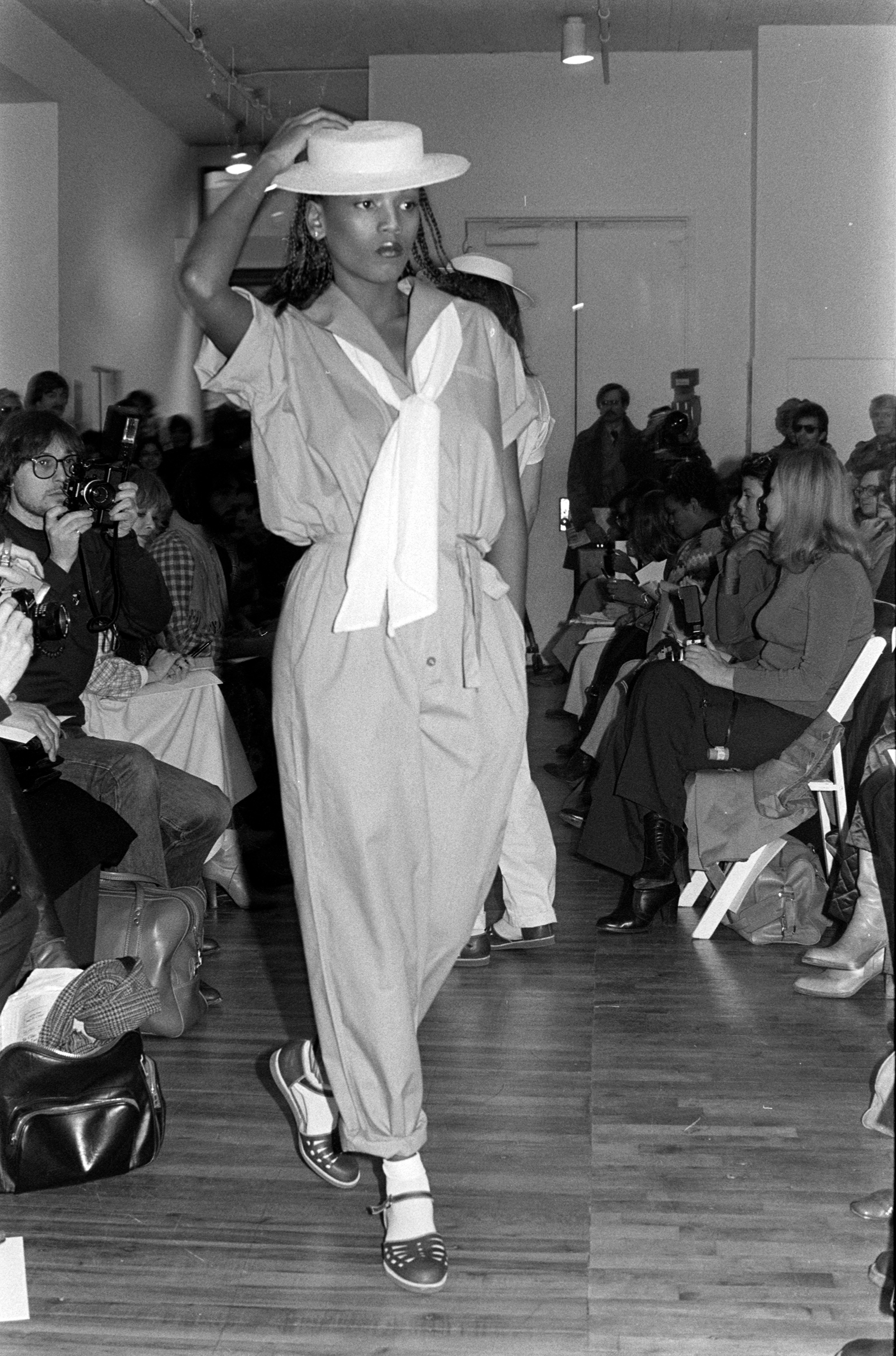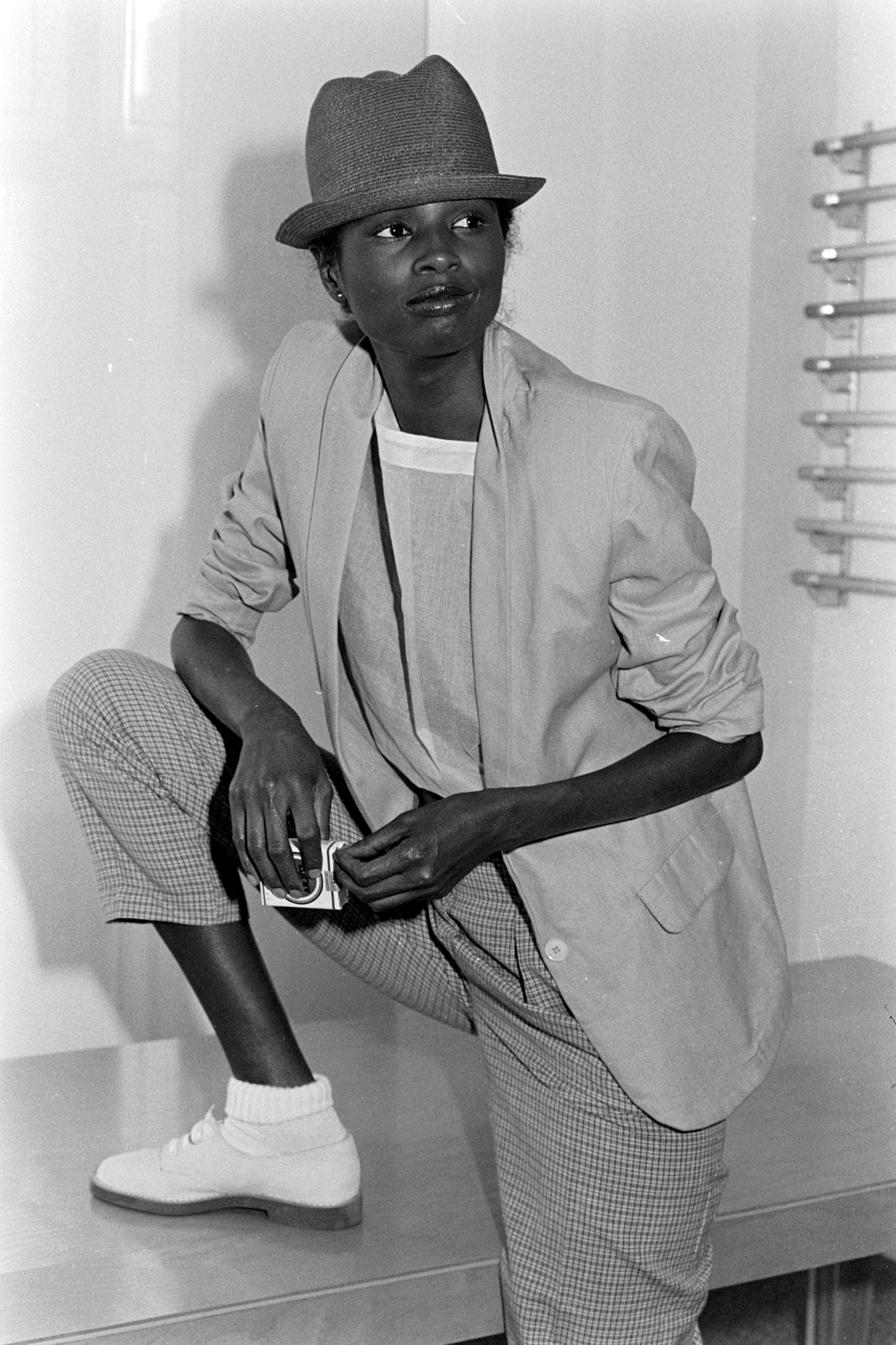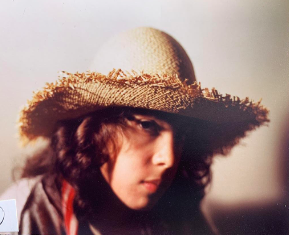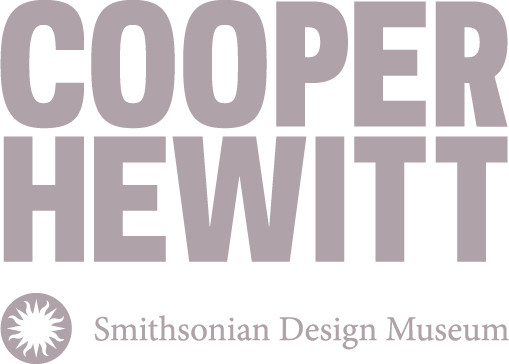Tsia Carson
In an ideal world, it would be my mother, Eileen Carson, writing this remembrance of her good friend and creative compatriot, Willi Smith, but she passed away. It falls on me to record some of their relationship and work together.
I knew Willi as a child, and I loved him unreservedly, with a child’s eye. I loved his super kind energy and that he loved my mother. Willi could be very emotionally present to my mother. It was a gift he had, and was very generous with, for people he cared about. He appreciated my mother’s beauty and glamour but respected her prodigious creative talent as a milliner and impeccable style. As Willi took style very seriously, this was no small compliment. In turn, she heaped praise on Willi and his talent. They had a mutual admiration, and there were two parts to their relationship: a very close friendship and a creative collaboration. They would spend hours on the phone when she was at her showroom/studio on 39th Street and at home.
My mother and Willi were in complete accord on what a hat was (sculpture) and how to wear it (titled or over the forehead, never pushed back like some kind of yokel). My mother was an artisan, using blocking techniques that were being lost, and working in one of the last buildings in the garment district that had piped in steam for hat-making. I loved her factory and remember ladies sewing confection-like headwear from giant spools of lacquered straw trim and Mr. Dove, an ancient master hat blocker, showing my mother how to block felt hat bodies.
Willi appreciated the seriousness of her approach to millinery because he was the same way with what he did. He accessorized with my mother’s hats, sometimes exclusively, in his presentations. Because her aesthetic was very defined, I can generally pick out what hats are hers in Willi’s presentations. Fashion editors recognized their natural alignment, as evidenced by her work often accessorizing his in-magazine editorials.
Willi gave me a Topsy-Turvy doll that was a Black mammy in a red gingham dress on one side and then flipped over into a blonde “Southern Belle” in a blue dress. I found this doll incredibly upsetting, and I didn't like either of them. But I also understood the complexity of its racial metaphor. Willi had a massive collection of Geechee dolls and other racially stereotyped objects— part reminder and part reclamation project.
I understood how nuanced his work was in terms of race, in terms of queerness, in terms of what beauty was; it was non-reductivist. If you look back at his presentations, you will see a racial mix with people of European descent in the minority. You don’t even see this in fashion presentations today. To have your fit model be Bethann Hardison was revelatory; to make a Black body the norm in the clothes, in the presentation and even in the fitting process was revolutionary.
I know this doesn't sound like much, but to get to watch someone turn his creativity into capital was formative for me. How hard he worked, his intentions, and his intelligence were not lost on me as a kid. I understood how important Willi was, how unusual he was, and how major his work was.
When Willi died, Mom had already lost her other close friend Jaime J.C. Andrews to AIDS. I think she felt profoundly abandoned. Like your best friend stopped talking to you one day, and you had no idea why. It was a very angry grief. AIDS was for me as a kid, totally destabilizing. People I considered family disappeared. I felt I didn’t have the space to mourn. I didn’t even know where they were buried. It was impossible to discuss with my mom—everything remained eternally raw.
I dug around in my mother's boxes to find some things for this archive. A drawing Willi did for mom, notes from his presentations, some totally amazing pictures of Toukie, his sister, modeling my mother’s hats in press clips. But my favorite is a photograph for an article on him in the Daily News’ Sunday News Magazine (1978). The concept is that Willi is on his way to India. His look is being slightly fussed over by his mother, June, as he reciprocates by adjusting her collar. Behind her, Toukie looks on approvingly, with one of my mother’s hats firmly affixed, tilted, and over her forehead.
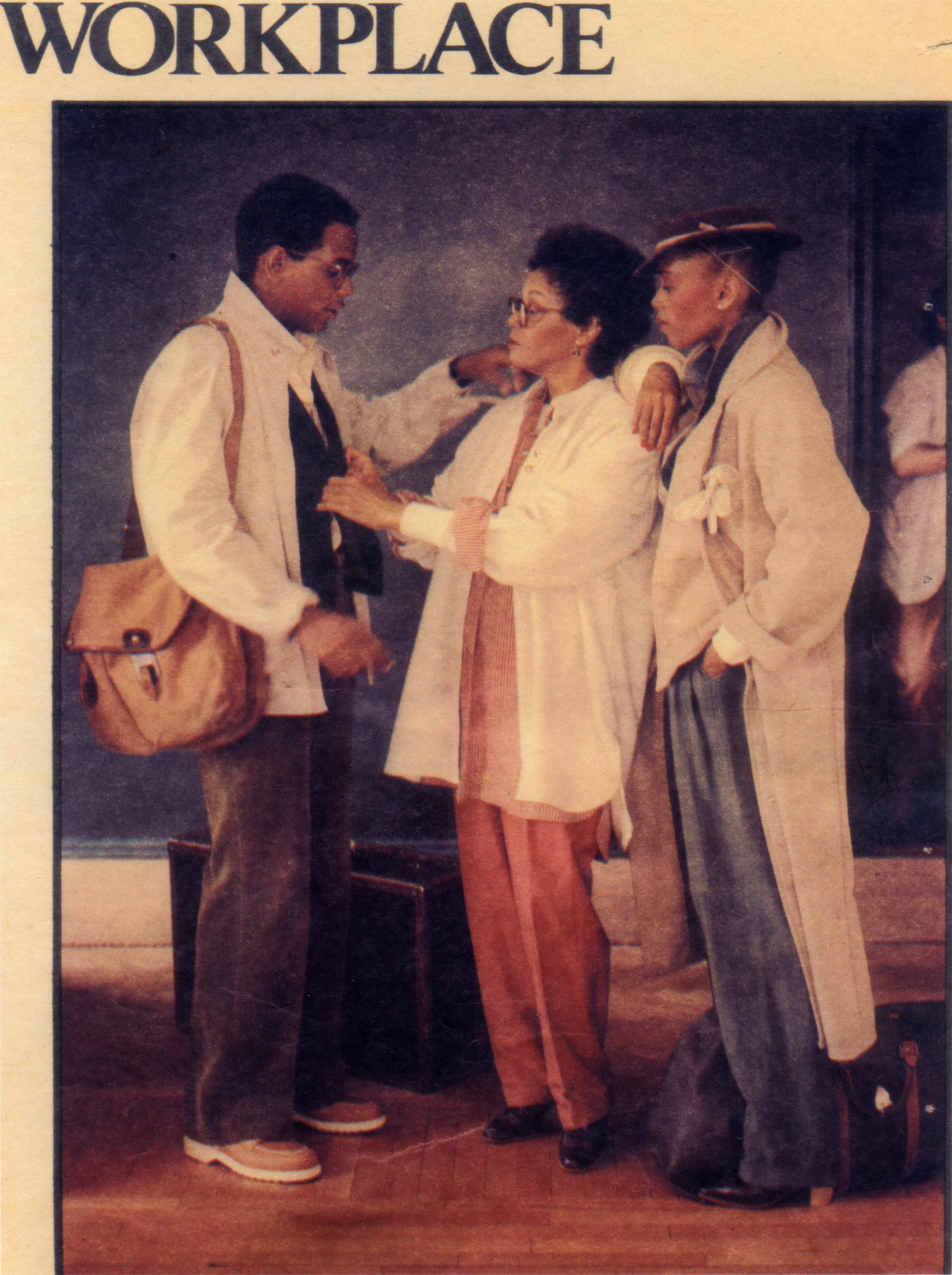
 Eileen Carson posing with hats that she designed, 1979
Eileen Carson posing with hats that she designed, 1979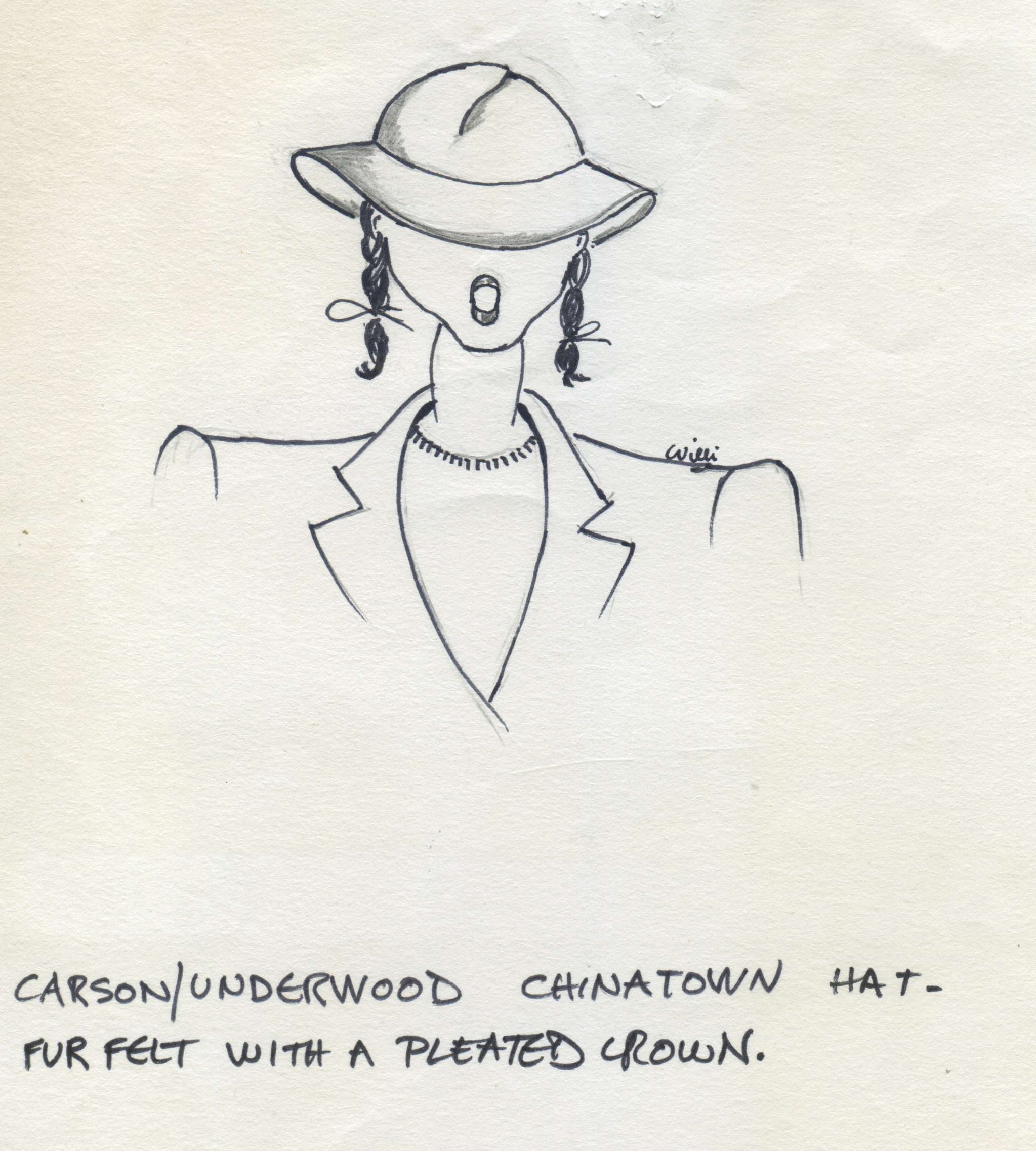 “Chinatown Hat” Sketch, Willi
Smith, ca. 1979
“Chinatown Hat” Sketch, Willi
Smith, ca. 1979

